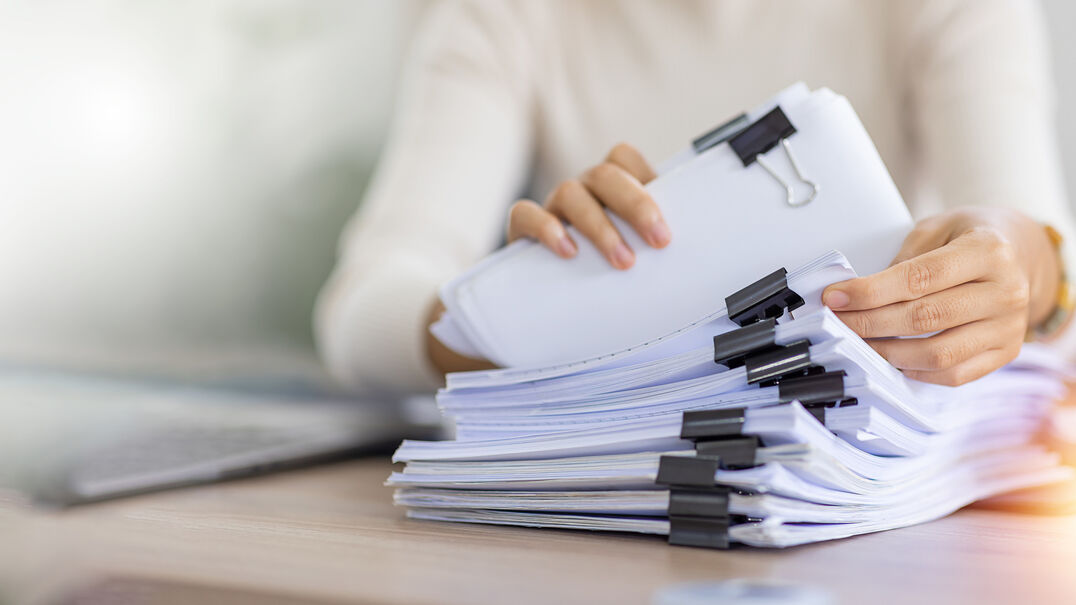LPLC often receives queries from practitioners who have been served with a subpoena issued by a third party to produce a client file. The issues for practitioners are the file is ostensibly owned by the client, an ongoing duty of confidentiality is owed to the client and the client will usually have a claim for privilege over at least some communications on the file.
Assuming applicable procedural requirements have been met, you are bound to comply with a subpoena. You cannot refuse to comply on grounds of confidentiality or a lien over the file. However, you need to take steps to preserve your client’s privilege.
Upon receiving a subpoena, you need to review your file to identify the documents covered and write to the subpoenaing party confirming receipt and advising that:
- the file will be delivered to the court
- privilege is not waived
- the documents are not to be made available for inspection by any party not entitled to claim privilege unless:
- ordered by the court; or
- privilege is waived by the person entitled to claim it.
You should also write to your client, explaining that the subpoena has been received and the file will be delivered to the court with a claim for privilege. If the client seeks further explanation, ensure they understand you must comply with the subpoena.
You should then seal the file and deliver it as specified in the subpoena, for example to the Prothonotary’s office or the Registrar’s office depending on the court. Be conscious of the time limit for compliance and seek an extension of time if necessary.
The accompanying cover letter should state:
- the documents are delivered under the subpoena and privilege is not waived
- objection is taken to the documents being made available to the parties for inspection
- the documents should be kept intact and made available only to the judge until such time as the client waives the privilege or the court so orders.
You should adhere to this process even where you are unable to get in touch with your client. Under no circumstances should you just copy the file and send it to the subpoenaing party.
While this process can be time-consuming and tedious, it is the best way of ensuring the client’s privilege is preserved and you are protected.



